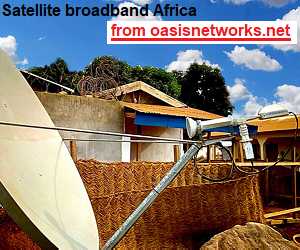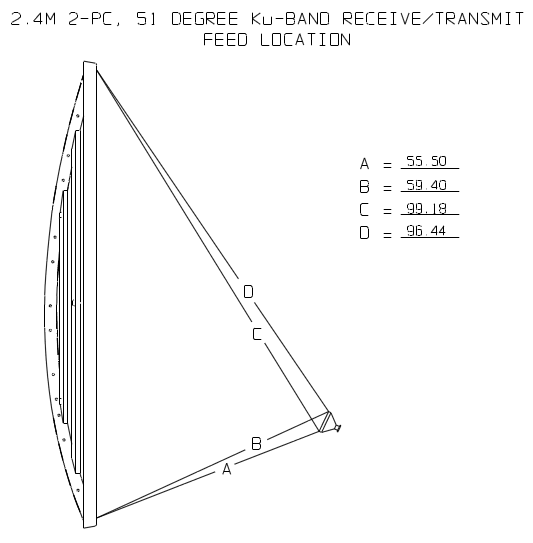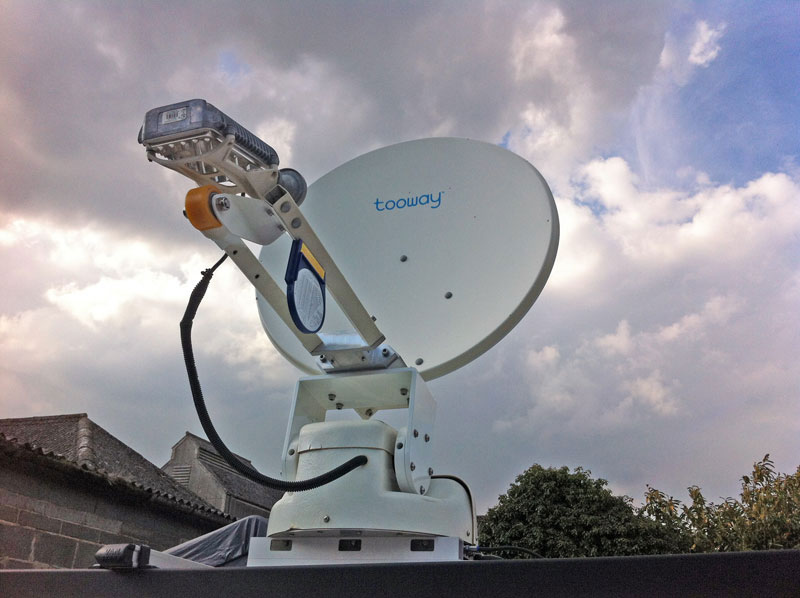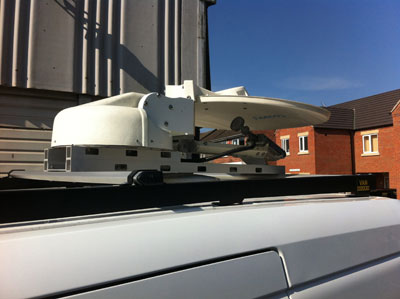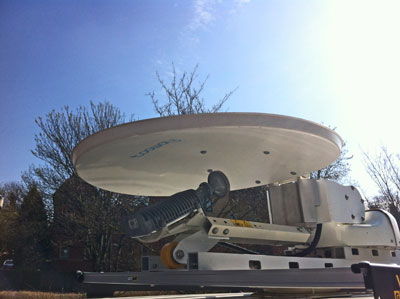| Home Login Register |
| Satellite Internet forum › TooWay and KA-SAT satellite › Using a datastorm dish with tooway |
|
Pages: 1
|
Using a datastorm dish with tooway(Read 10641 times) |
|
grahamess
Member
★★ Offline Posts: 4 UK |
Mar 23rd, 2013 at 8:07pm
|
| Back to top |
IP Logged
|
|
Eric Johnston
YaBB Moderator
★★★★★ Offline Posts: 2109 |
Reply #1 - Mar 27th, 2013 at 10:08am
|
| Back to top |
IP Logged
|
|
grahamess
Member
★★ Offline Posts: 4 UK |
Reply #2 - Mar 27th, 2013 at 10:31am
|
| Back to top |
IP Logged
|
|
Eric Johnston
YaBB Moderator
★★★★★ Offline Posts: 2109 |
Reply #3 - Mar 27th, 2013 at 11:23am
|
| Back to top |
IP Logged
|
|
grahamess
Member
★★ Offline Posts: 4 UK |
Reply #4 - Apr 15th, 2013 at 9:37pm
|
| Back to top |
IP Logged
|
|
Eric Johnston
YaBB Moderator
★★★★★ Offline Posts: 2109 |
Reply #5 - Apr 15th, 2013 at 10:33pm
|
| Back to top |
IP Logged
|
|
Admin1
YaBB Admin
★★★★★ Offline Posts: 1215 |
Reply #6 - May 7th, 2016 at 1:41pm
|
| Back to top |
« Last Edit: May 8th, 2016 at 8:55pm by Admin1 »
IP Logged
|
|
Pages: 1
|
Email me: eric@satsig.net
Powered by YaBB 2.5.2!
YaBB Forum Software © 2000-. All Rights Reserved.
Disclaimer, Terms of Use and Privacy Forum User Agreement Forum rules Cookie policy.
